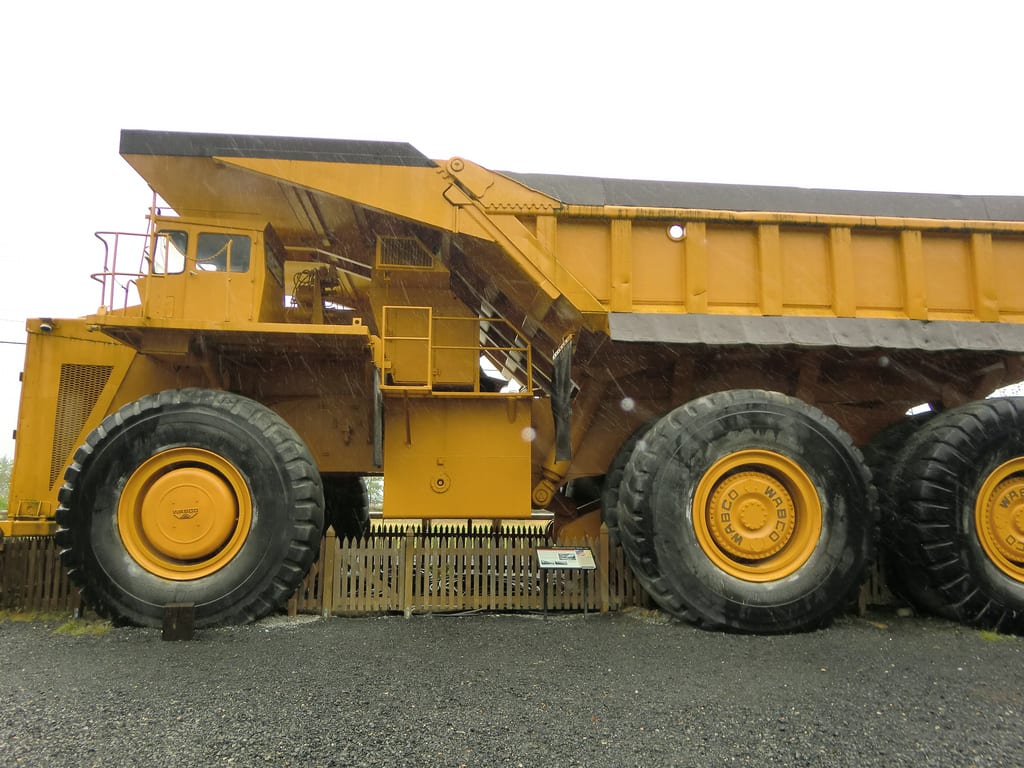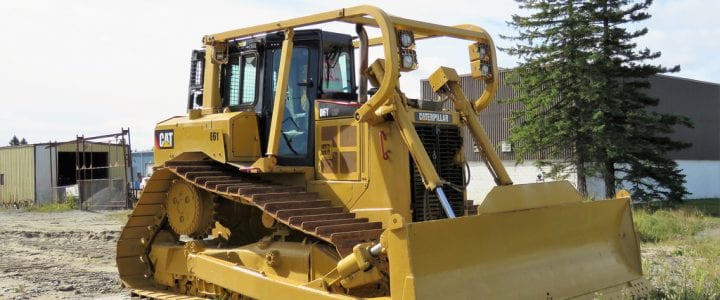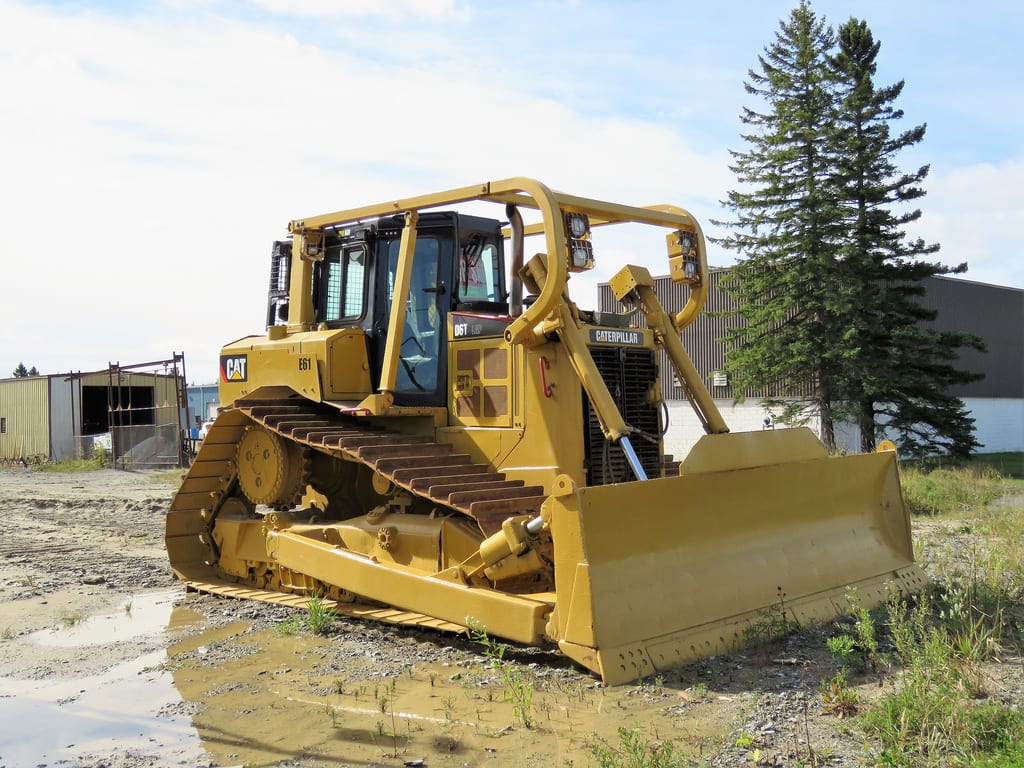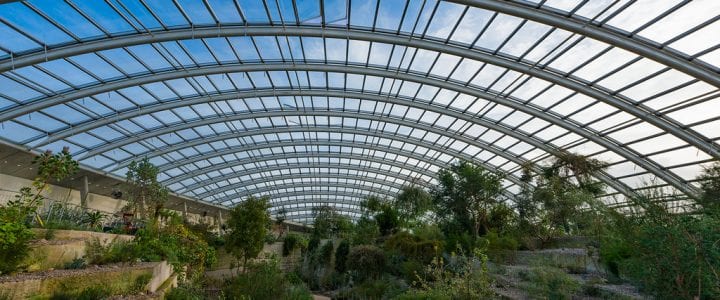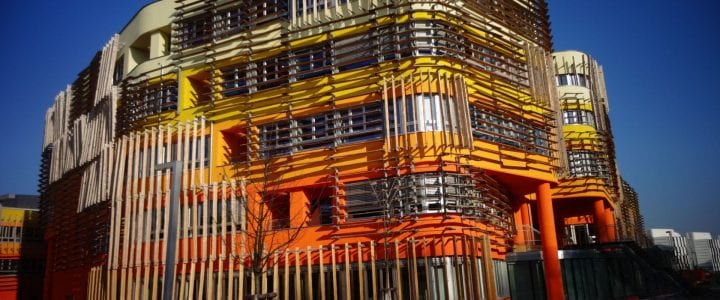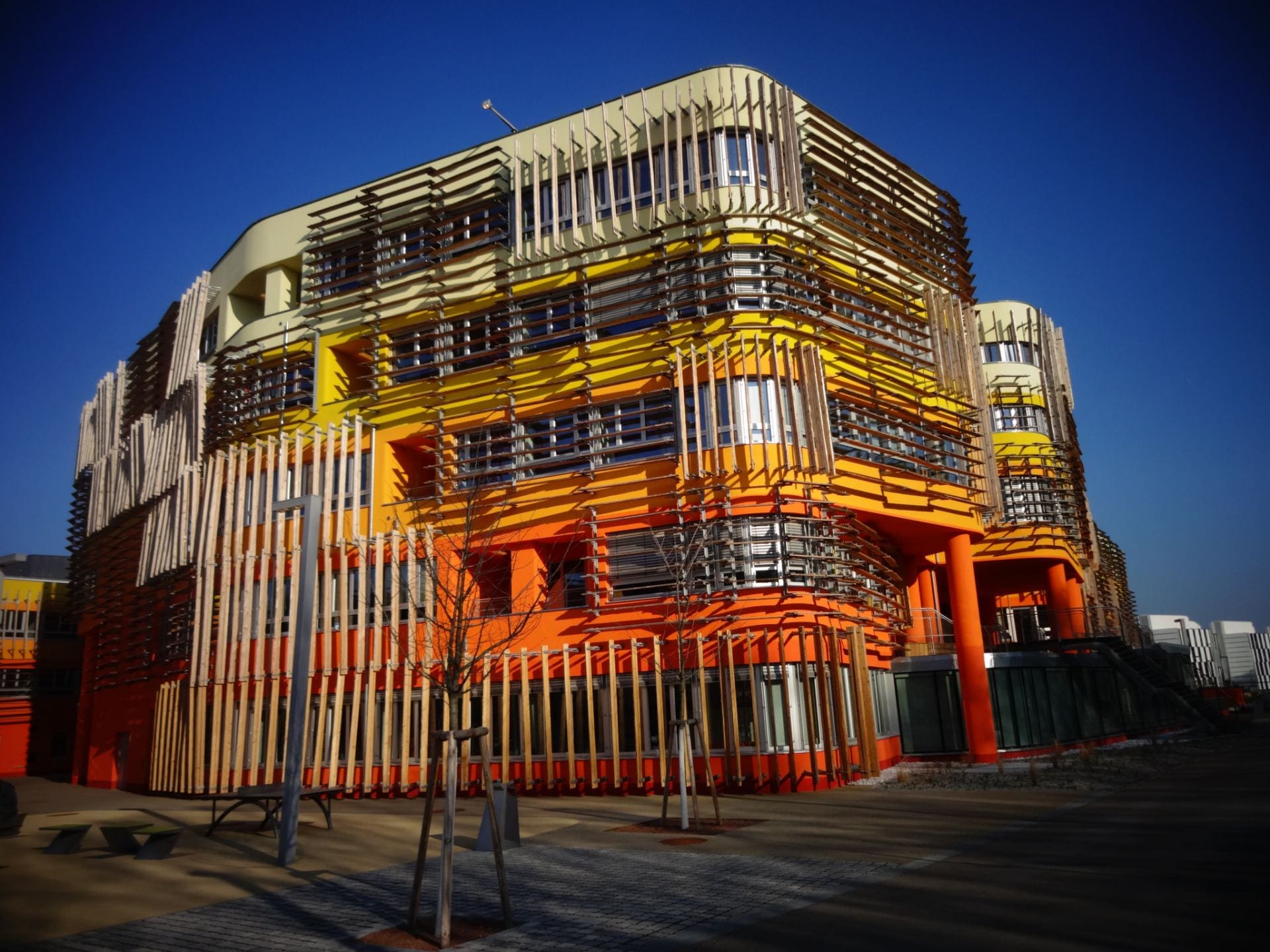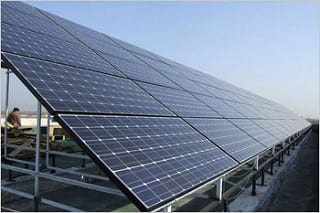Industry partner: Sustainability Victoria (SV)
Sustainability Victoria’s (SV) statutory objective is to facilitate and promote environmental sustainability in the use of resources. Established under the Sustainability Victoria Act 2005, SV is a statutory authority with a board appointed by the Minister for Environment and Climate Change.
Under the National Food Waste Strategy, Victoria has a commitment to help half food waste by 2030. Despite the recent production of a national food waste baseline that maps food was across the supply chain, food waste from grain oils is excluded from this report. As such, it is presently unclear what the size of food waste from this sector is, which makes it difficult to understand its environmental impacts.
Food waste is a multifaceted issue that impacts climate change, water security, food security and the economy. Across the supply chain, food waste contributes almost the same emissions to global warming as road transport. If food waste were a country, it would be the third largest emitter of emissions after China and the US. Presently, more food waste is sent to landfill than plastic and glass combined, costing Victorian councils over $21M each year. As Australia’s largest agricultural producer and food exporter, food waste in Victoria also represents a significant economic loss, as around 30% of food produced in Victoria’s $14.02 billion-dollar agricultural sector is wasted. As primary food production accounts for up to 70% of Australian water, minimizing food waste across the supply chain also represents a significant opportunity to increase water security and drought resilience in a changing climate. The importance of this cannot be underestimated; drought in 2003-04 reduced Australia’s agricultural output by 24%, costing Australia $3 billion and 70,000 jobs. CSIRO predicts increased quantity and severity of drought events in Victoria as a response to climate change; to feed its future population, Victoria cannot afford to waste water in its food systems. Finally, diverting edible food waste to communities in need will help support the 3.6 million Australians that experience food insecurity each year, providing both social and health benefits from increased access to food and nutrients.
To date, it is unknown what research has been conducted to explore food waste arisings from the grain-oils supply chain and no such data has been commissioned by SV. SV are presently investigating options to half food waste across the food supply chain and this research study will inform future interventions by SV in this space with the ultimate outcome of improving environmental outcomes.
Project aim:
The objective of the project is to identify the volumes and drivers of food waste arisings throughout the Victorian agricultural sector, specifically relating to pre-harvest losses. Any food ready for harvest that were not harvested, or were rejected from pack-house post picking, are not included in scope for this project.
This project aims to gain an understanding of the total quantities of food waste currently generated from pre-harvest losses in the agricultural sector to identify if future interventions are required and likely to improve environmental outcomes (i.e. reduced carbon emissions, improved water and food security).
- Identify total quantities of food waste generated within from pre-harvest losses (animal and non-animal primary production)
- Identify why pre-harvest food waste occurs (i.e. drought, prohibitive cost of production, famine, plague, natural disaster, weather, pre-harvest thinning etc.) and whether losses are avoidable (i.e. starvation – animals; plague – plants) or unavoidable (thinning to maximize output)
- Identify what systems are currently in place, if any, to minimize waste losses
- Identify cost of pre-harvest losses to provide an estimate of savings for potential waste avoidance/minimization interventions.
- Provide proposed solutions to reduce pre-harvest food waste as identified in consultation with industry or desktop analysis, based on Victorian interventions or those from other jurisdictions (National/International).
Timeframe:
It is expected that the project would be completed at the end of Semester 1. However, extension of the project duration is negotiable.
Project deliverables:
The deliverables of the project are will be discussed on acceptance of the project, in consultation between SV and the RMIT student. A final report, executive summary and presentation to key SV employees will be required at the completion of the project. Interim deliverables will be discussed between SV and the RMIT student.
Student selection:
- Key attributes include excellent written communication skills, self-directed and highly motivated, good research skills, organisational/planning prioritising/time management/ability to meet deadlines.
- Honours and Masters students are preferred.
Applications (CV) should be sent to Nina Nguyen at nina.nguyen@rmit.edu.au

 Photo: https://www.flickr.com/photos/8525214@N06/40498167353/
Photo: https://www.flickr.com/photos/8525214@N06/40498167353/


